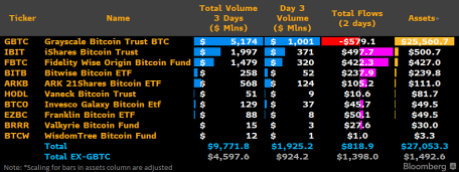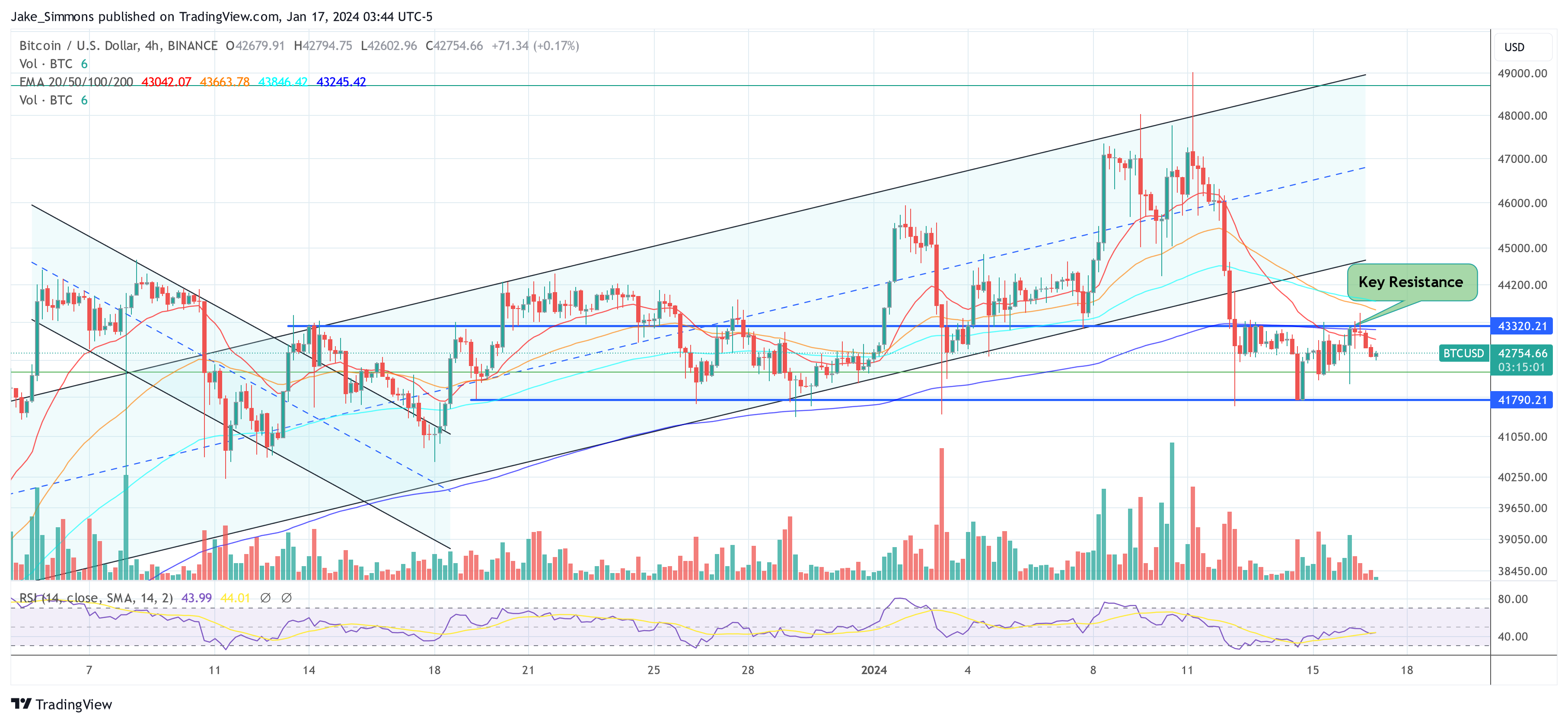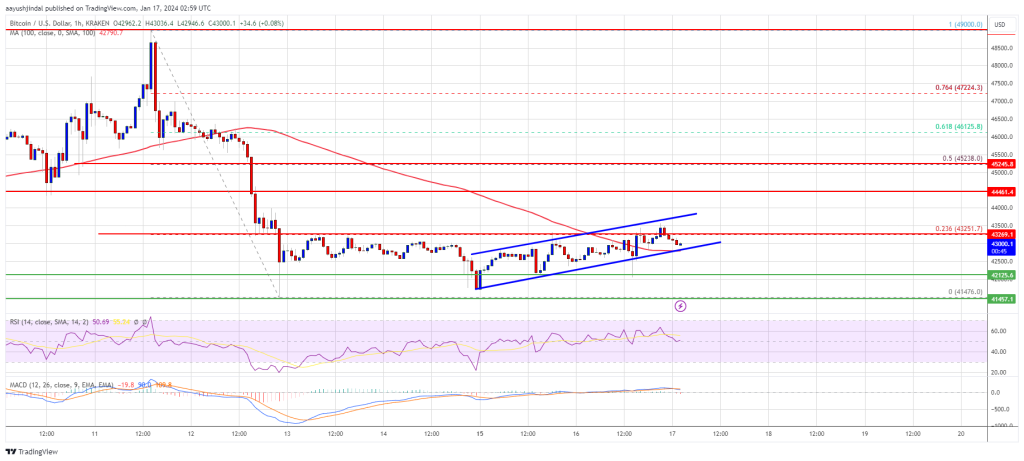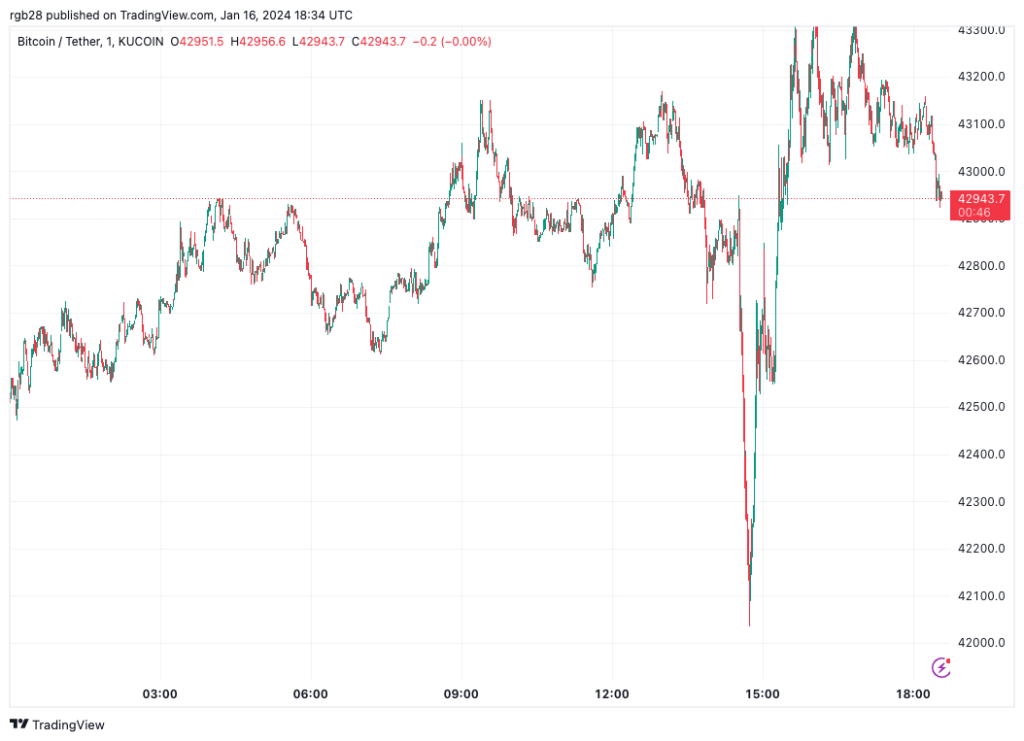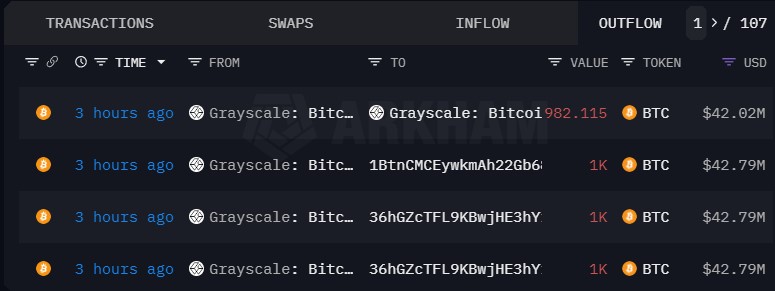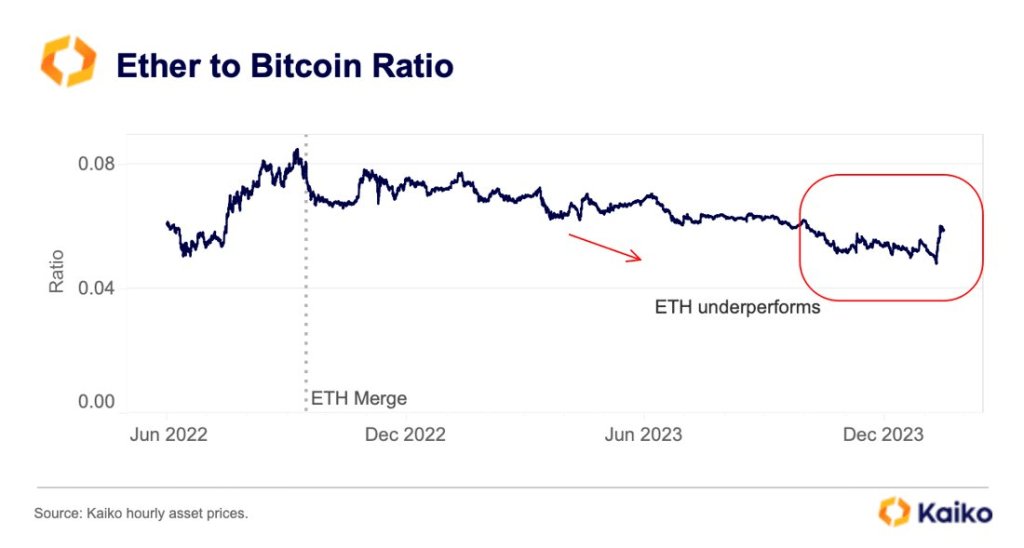On-chain data shows the Bitcoin long-term holders (the so-called HODLers) are now carrying an unrealized profit of 55% on average.
Bitcoin Long-Term Holder NUPL Has Hit A Value Of 0.55
According to the latest weekly report from Glassnode, the profit that the BTC long-term holders are holding has gone up recently. The indicator of interest here is the “Net Unrealized Profit/Loss” (NUPL), which keeps track of the difference between the unrealized profit and loss that Bitcoin investors are carrying currently.
By “unrealized,” what’s meant here is that the profit or loss is yet to be harvested, as the investor carrying it hasn’t transferred their BTC on the blockchain yet. Once the holder would eventually move the coins, the profit/loss they were holding would then become “realized.”
In the context of the current discussion, the NUPL of only a specific segment of the market is of relevance: the long-term holders (LTHs). The LTHs are the Bitcoin holders who have been keeping their coins dormant on the network since at least 155 days ago.
These are the diamond hands of the market who are known to hold through periods of uptrends and downtrends alike, only selling when major market events take place.
“This includes periods when the market sets new ATHs, around cycle tops and bottoms, and during large shifts in market structure (e.g. Mt Gox, Halvings, and now the launch of spot ETFs),” explains the analytics firm.
Now, here is a chart that shows the trend in the Bitcoin LTH NUPL over the history of the asset:

As displayed in the above graph, the Bitcoin LTH NUPL has registered a rise in the last couple of months as the cryptocurrency’s spot price has gone through a notable surge.
“This metric reached 0.55 this week, which is meaningfully positive, and puts the average long-term investor at a 55% unrealized profit,” notes the report. Interestingly, BTC has registered some resistance around this level during the past.
As Glassnode has highlighted in the chart, the bulls encountered trouble here during August 2012, June 2016, July 2019, and August 2020. In all of these cases, the resulting top was only a local one, except for July 2019, where the recovery rally of the cycle hit a top that BTC wouldn’t surpass for a significant period of time.
Generally, investors in profit are more likely to sell their coins. The higher the gains that they hold, the stronger can be the allure of profit-taking. Thus, it’s not surprising to see that the LTHs holding significant profits has lead to selling pressure in the market during previous cycles.
The LTHs have indeed participated in some selling recently as well, as the data for their supply suggests.

The Bitcoin LTH supply has now come down 75,000 BTC since the all-time high registered in November, while the opposite cohort, the short-term holders (STHs), have naturally gained some share.
“Whilst 75k BTC is a meaningful sum, it should also be viewed within the context of total LTH supply accounting for a whopping 76.3% of the circulating coin supply,” says the report.
BTC Price
Bitcoin has continued its recent sideways trend during the past day as its price currently floats around the $42,600 level.
